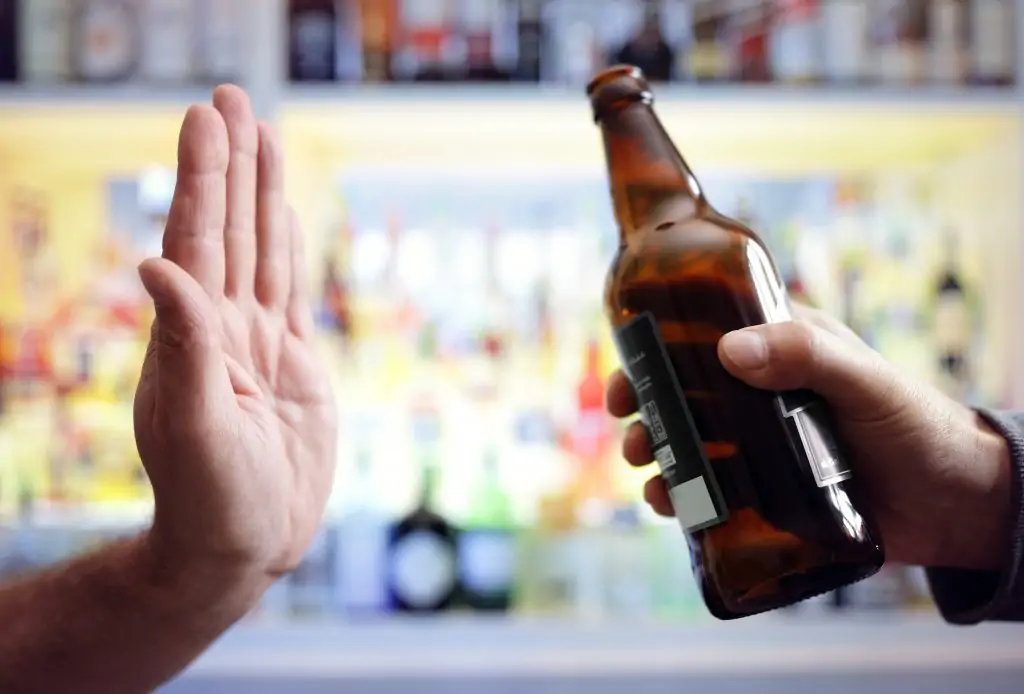Drug and alcohol addiction remains one of the pressing healthcare and social challenges of our time. Not only does it take a toll on individuals who struggle with substance abuse, but it also impacts families, communities, and economies. Rehabilitation serves as a beacon of hope, promising a path toward recovery and a reimagined life. However, as we explore the landscape of drug and alcohol rehabilitation and its role in rebuilding lives, it becomes evident that this is a topic rich with data and in need of constant discussion.
The Scope of Addiction
Substance abuse is not a fringe issue. According to the World Health Organization (WHO), more than 35 million people worldwide suffer from drug use disorders, while alcohol takes the lives of 3 million people annually, accounting for nearly 5.3% of all global deaths. These figures highlight the critical need for solutions like rehabilitation to address the rising crisis.
The National Survey on Drug Use and Health (NSDUH) further underscores the gravity of the issue. Nearly 61.2 million Americans aged 12 or older reported binge drinking in 2021, and 19.4% of them admitted to illicit drug use during the same period. These statistics paint a picture of lives in turmoil, communities grappling with the ramifications, and healthcare systems burdened by preventable consequences.
Why Rehabilitation Matters
At its core, rehabilitation isn’t just about abstinence. It’s about transformation—helping individuals break the chains of dependence, restore their mental and physical health, and re-integrate into society. According to the Substance Abuse and Mental Health Services Administration (SAMHSA), structured treatment programs significantly reduce drug and alcohol use, lower the risk of relapse, and improve overall quality of life.
Data reflects hope:
- The American Society of Addiction Medicine (ASAM) claims that 40-60% of people relapse after rehab, but those with long-term treatment plans, such as extended care or group therapy, show significantly higher success rates.
- A study cited in the Journal of Substance Abuse Treatment showed that 76% of rehab alumni remained sober after covering a year in continuous recovery care.
These numbers emphasize the value of not only attending rehabilitation programs but also maintaining aftercare support systems.
The Multi-Dimensional Approach of Rehabilitation
Modern drug and alcohol rehabilitation has evolved beyond simple detoxification. Today, effective programs integrate science-backed strategies that address the gamut of challenges encountered in addiction recovery.
Physical Detox and Medical Support
The first step in any rehab program is typically detoxification. Experts stress that withdrawing from substances at home can be highly dangerous, with risks varying between discomfort and life-threatening symptoms.
Hospitals and rehab centers are equipped with medically assisted detox programs, which may include supervised withdrawal coupled with medication to ease symptoms. These support systems allow individuals to detoxify safely, setting a strong physical foundation for the psychological work to follow.
Addressing Psychological Trauma
A significant portion of addiction is rooted in psychological trauma, with studies showcasing that 48%-66% of individuals in substance abuse treatment report histories of childhood abuse. Modern rehab programs incorporate trauma-informed care into treatment strategies, offering therapies like cognitive-behavioral therapy (CBT) and eye movement desensitization and reprocessing (EMDR) to help people confront past pain without resorting to substances.
Social and Community Focus
Rehabilitation doesn’t occur in a vacuum. Many centers encourage community involvement as part of recovery. Whether through peer support services such as Alcoholics Anonymous (AA) or structured group counseling sessions, the focus is on fostering connections. Research from the Social Work Research journal confirms that 46% of those actively engaged in peer-support programs sustain long-term sobriety, demonstrating the value of community in recovery success.
Emerging Trends in Rehabilitation
While traditional rehab models remain pillars of recovery programs, recent advances in technology and research are shifting the paradigm further.
Technology-Based Interventions
With the rise of telemedicine, mobile apps, and virtual recovery communities, access to rehabilitation has become more widespread. Apps like SoberGrid and WEconnect offer tools for tracking sobriety milestones, scheduling recovery meetings, and connecting to instant peer support.
Additionally, virtual reality therapy is being used to simulate real-world addiction triggers, allowing patients to practice managing their responses in a safe environment. Although this technology is still emerging, early studies indicate higher retention rates among users compared to traditional therapy.
Personalized Treatment Plans via Analytics
By leveraging the power of big data, rehabilitation facilities are tailoring programs to individual needs more precisely. Sophisticated analytics take factors like genetic predisposition, mental health history, and even economic conditions into account, devising treatment plans that achieve strong outcomes.
For example, some programs use Genomind testing to determine how an individual metabolizes psychiatric medications, ensuring a higher rate of medication adherence and fewer unfavorable side effects.
Holistic and Alternative Therapies
Non-traditional methods like yoga, acupuncture, and equine therapy aren’t just buzzwords anymore. They’ve found their rightful place alongside established treatments. A study in the Journal of Psychoactive Drugs found that 95% of rehab participants reported feeling less anxiety after participating in yoga therapy, an unsurprising yet significant statistic.
The Impact on Society
Drug and alcohol rehabilitation doesn’t simply benefit the individual. The sweeping effects on society make it a collective gain. Here’s what the statistics tell us:
- Lower crime rates: The National Center on Addiction and Substance Abuse found that approximately 65% of incarcerated individuals met the criteria for substance addiction. Effective rehab reduces recidivism, benefiting public safety.
- Economic benefits: Addiction costs the U.S. economy more than $600 billion annually due to lost productivity, healthcare expenses, and criminal justice costs. Rehab programs lower these expenses by enabling individuals to return to being active, contributing members of society.
- Healthier families: Addiction tears families apart. Studies have shown that 78% of individuals exiting rehab programs report better family relationships, showing the ripple effect of sobriety on loved ones.
What the Future Holds
The path to addressing the global addiction epidemic lies in destigmatizing treatment and ensuring rehabilitation services are accessible to all. Governments, private organizations, and community stakeholders are increasingly recognizing the importance of funding and innovation in this area.
For instance, the Affordable Care Act (ACA) in the U.S. has made strides in mandating coverage for substance abuse treatment. Simultaneously, advancements in AI and data-rich platforms will only continue to make treatments more individualized and effective.
That said, while the prospect of recovery has never been brighter, the onus lies on all of us—individuals, communities, and policy-makers—to advocate for rehabilitation methods that truly rebuild lives.
Ending the Stigma, One Life at a Time
If there’s one takeaway from the countless data, trends, and stories surrounding drug and alcohol rehabilitation, it’s this—recovery is possible, and lives can be rebuilt. By supporting rehabilitation programs and encouraging open conversations, we can pave the way for healthier individuals, stronger families, and more connected communities. Whether you’re a policymaker, a loved one, or someone seeking help yourself, each step toward understanding and action brings us closer to a substance-free society.






